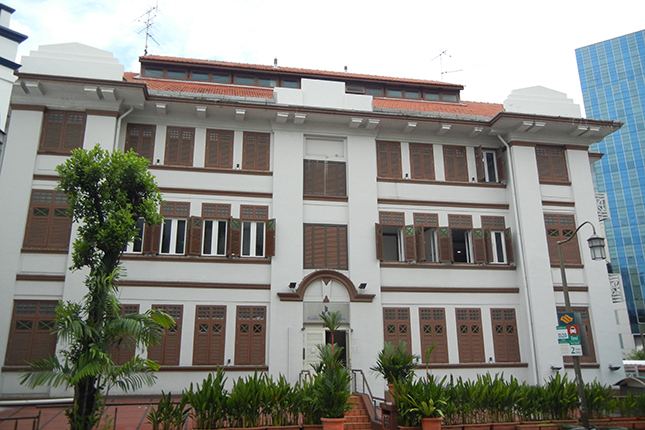This ovoid, flaring cup imitates a rhino horn and features a more refined glaze than earlier Ming pieces. Rhinoceros cups were made by pressing clay into a mould after which a foot ring is applied. To the side of the cups, moulded appliqués of animal and plant forms are then added. The rhinoceros horn was an exotic import from Southeast Asia believed to have medicinal values. Rhino horn cups are also called libation cups and may have been used as wedding cups.Dehua, located on the southeast coast of Fujian province, is well known for its production of white porcelain, known to Europeans as 'blanc de Chine'. The earliest Dehua porcelain was produced as early as the 14th century but the production and quality of these porcelain peaked around the 17th and 18th centuries.


















